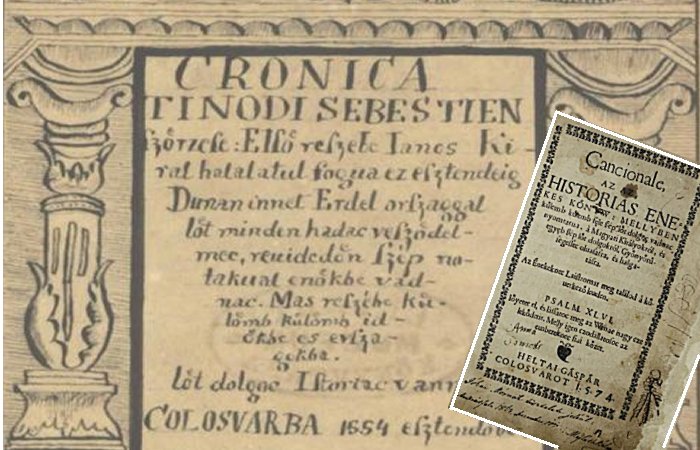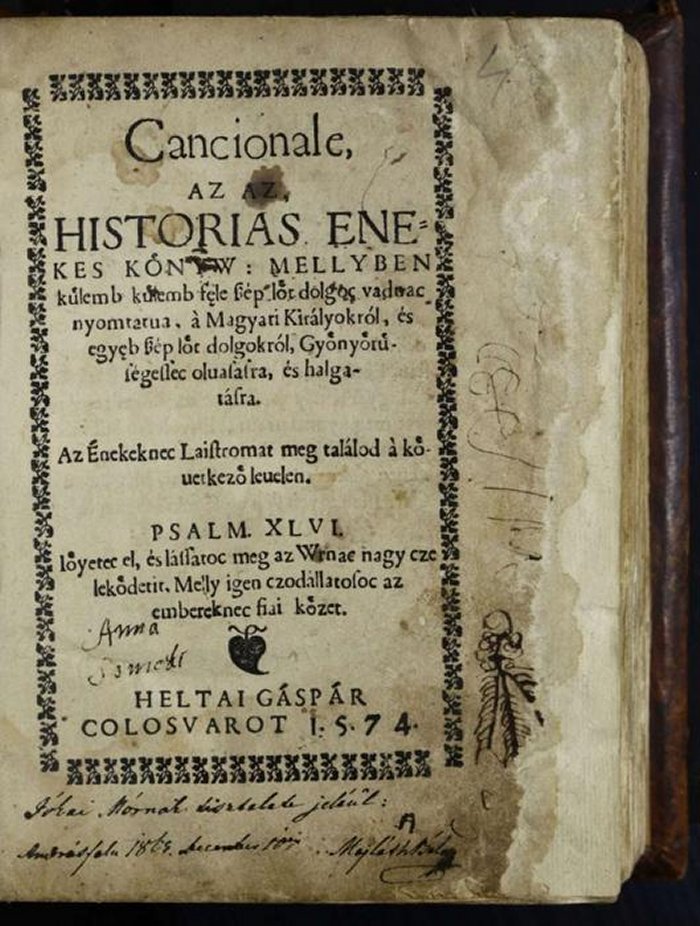Conny Waters – AncientPages.com – Researchers have studied 16th-century sources on famine, flooding, and plagues in present-day Romania.
The ‘society’s archive’ – contain reports and observations about local climates in bygone centuries. Credit: Gaceu et al., 2024. Image credit: Gaceu et al., 2024.
Glaciers, sediments, and pollen help reconstruct past climates. Additionally, diaries, travel notes, parish registers, and other documents in “society’s archive” offer observations of historical local climates.
The second half of the century saw heavy rainfall and floods, especially in the 1590s. During the 16th century, the western European continent cooled significantly as the ‘Little Ice Age’ intensified.
During the second half of the century, temperatures dropped by 0. 5°C. However, in 16th-century Transylvania, hot weather was more frequent than cold. “This suggests the Little Ice Age may have occurred later here,” said Tudor Caciora. Later writings mentioning more cold waves and severe winters support this thesis.
The sources describe a hot, dry early century. “One compelling passage from 1540 describes, ‘Springs dried up, rivers dwindled to trickles. Livestock fell, and despair filled the air as people prayed for rain,’” said Caciora. “This account highlights the emotional and spiritual impact of climatic extremes.”
In contrast, the latter half of the century was marked by significant rainfall and flooding, notably during the 1590s. This period coincided with a pronounced cooling in the western regions of the European continent, as it experienced an intensified phase of what is referred to as the ‘Little Ice Age’ in the 16th century. During this time, temperatures decreased by approximately 0.5°C.
Chronicles and diaries revealed how people perceived, responded to, and were impacted by severe weather events. Credit: Gaceu et al., 2024. Image credit: Gaceu et al., 2024
In Transylvania, the 16th century was characterized by a higher frequency of hot weather compared to cold weather. According to Caciora, this observation suggests that the Little Ice Age may have manifested later in this region of Europe. Subsequent writings, which document an increase in cold waves and severe winters, further substantiate this hypothesis.
Weather variations often led to climate-related catastrophes, including 30 years of the Black Death, 23 years of famine, and nine years of locust invasions.
Weather extremes and resulting disasters may have changed settlement patterns, according to researchers. “Towns might have adopted flood-resistant infrastructure or relocated to better areas. These challenges could have also spurred technological innovations like improved irrigation systems or storage facilities,” Caciora explained.
“Chronicles and diaries reveal how people perceived, responded to, and were impacted by these events,” Caciora continued.
Despite the insights it provides, the study faces several limitations, the researchers pointed out. Few people were literate, reports are often subjective, or only true on local scales. In addition, the records are fragmented. For example, the researchers were not able to include any records about 15 years of the 16th century, either because no records existed, or they were too contradictory for inclusion.
These writings are not just historical artifacts; they offer invaluable insights into past lifestyles and hold significant relevance for today’s climate resilience strategies. By examining these records, we gain a deeper understanding of the socio-economic impacts of extreme weather events and their influence on human history. As Caciora emphasized, “Studying climate records from the society’s archive is as crucial as analyzing natural proxies.” This dual approach is essential for developing effective strategies to address contemporary climate challenges.
“It offers a human-centric view of past climate events.”
Written by Conny Waters – AncientPages.com Staff Writer










